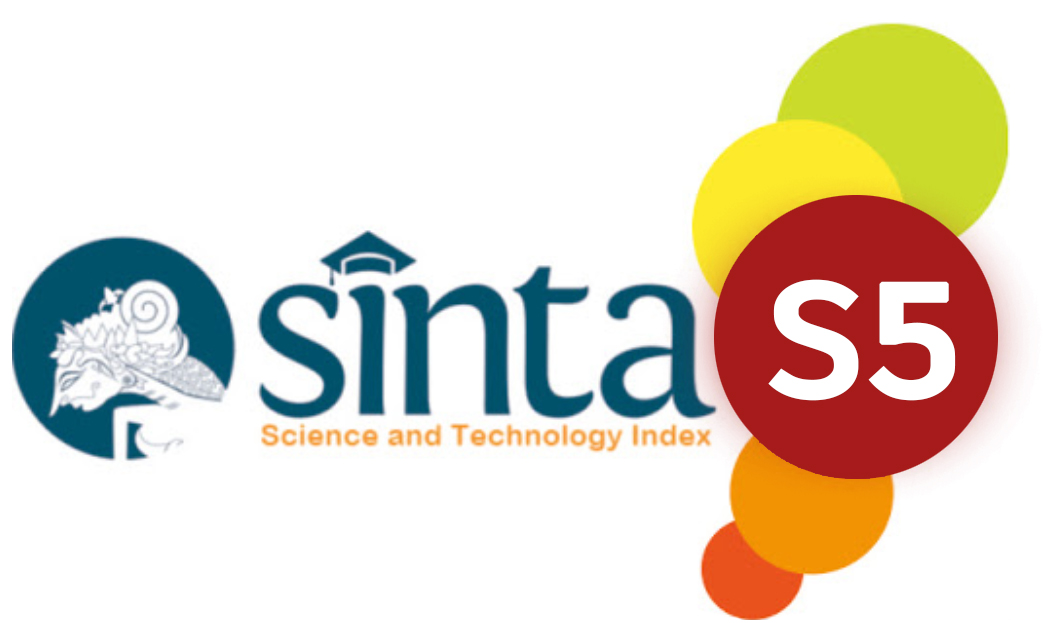Asosiasi Gaya Belajar De Porter & Hernacki dengan Hasil Belajar Matematika Siswa SMP
Abstract
Student learning styles can influence their learning outcomes. Sometimes, a student's learning style in class can pose an obstacle for other students, as it may hinder their ability to focus on receiving lessons. The aim of this research is to investigate the relationship between learning styles and mathematics learning outcomes. The method is quantitative research utilizing correlation techniques. Random sampling was conducted among class VIII students of SMP Negeri 4 Cikarang Selatan. The research instrument for measuring learning styles was a questionnaire, while mathematics learning outcomes were assessed using multiple-choice tests. Pre-requisites for analysis included normality testing (Lilliefors test) and simple linear regression test (ANOVA). The results indicated that both variables were normally distributed, and the regression test demonstrated that mathematics learning outcomes were influenced by linear learning styles. Based on Pearson's product-moment correlation test calculations, it can be concluded that there is a significant positive relationship between learning styles and mathematics learning outcomes for students at SMP Negeri 4 Cikarang Selatan.
References
Arikunto, S. 2014. Prosedur Penelitian Suatu Pendekatan Praktik. Jakarta: Rineka Cipta.
Aziz, U. B. A., Mahmud, S., & Mislinawati, D. F. 2022. Perbedaan individu dan gaya belajar peserta didik. Bunayya: Jurnal Pendidikan Anak, 8(2), 172-186.
http://dx.doi.org/10.22373/bunayya.v8i2.14543
Bobbi De Porter & Hernacki, 2015. Quantum Learning: Membiasakan Belajar Nyaman Dan Menyenangkan (penerjemah, Alwiyah Abdurrahman). Kaifa.
Creswell, John W. 2017. Research Design: Pendekatan Kualitatif, Kuantitatif, dan Mixed (Terjemahan Edisi Ketiga). Yogyakarta: Pustaka Pelajar.
Ghufron, M. N., & Suminta, R. R. 2022. The Role of Epistemological Belief and Self Regulation in Academic Procrastination of Muslim College Students. Islamic Guidance and Counseling Journal, 5(2), 104-118. https://doi.org/10.25217/igcj.v5i2.2700
Putri, F. E., Amelia, F., & Gusmania, Y. 2019. Hubungan Antara Gaya Belajar dan Keaktifan Belajar Matematika Terhadap Hasil Belajar Siswa. Edumatika: Jurnal Riset Pendidikan Matematika, 2(2), 83-88. https://doi.org/10.32939/ejrpm.v2i2.406
Rahayu, D. C., Suryani, S., & Zainiyati, H. S. 2020. Identification of vacuum learning styles (visual, auditory, kinesthetic) primary school students in Indonesia. International Journal of Education and Research, 8(9), 181-190.
Rambe, M. S., & Yarni, N. 2019. Pengaruh Gaya Belajar Visual, Auditorial, dan Kinestetik Terhadap Prestasi Belajar Siswa SMA Dian Andalas Padang. Jurnal Review Pendidikan dan Pengajaran (JRPP), 2(2), 291-296. https://doi.org/10.31004/jrpp.v2i2.486
Sappaile, N. (2017). Evaluasi Proses Pembelajaran dan Remediasi Belajar Matematika. Jakarta: STKIP Kusuma Negara.
Sugiyono, 2019. Statistika Untuk Penelitian. Bandung: Alfabeta.
Syofyan, H. 2018. Analisis Gaya Belajar Dan Motivasi Berprestasi Terhadap Hasil Belajar IPA. Jurnal Eduscience, 3(2), 76-85.
Vaishnav, R. S., & Chirayu, K. C. (2013). Learning Style and Academic Achievement of Secondary School Students. Voice of research, 1(4), 1-4.
Wiedarti, Pangesti, 2018. Seri Manual Gls: Pentingnya Memahami Gaya Belajar. Jakarta: Direktorat Jenderal Pendidikan Dasar dan Menengah, Kemendikbud.






